This post may contain affiliate links. Please read our disclosure policy.
Can you freeze coconut milk? The answer is YES, and it’s incredibly easy to do! Here’s how to freeze coconut milk in two different ways.

If you use coconut milk frequently in recipes, you probably have leftover coconut milk from a can sitting in your fridge just waiting to go bad. Whether you’re using it for a coconut milk smoothies, soups, or Thai or Indian dishes like chicken tikka masala, the amount called for in the recipe almost never matches how much is in a can. Unfortunately, canned coconut milk spoils pretty quickly. Which bears the question: Can you freeze coconut milk?
Lucky for you—the answer is yes, but with a few conditions. Freezing definitely changes the consistency, so you’ll want to be intentional with how you freeze and defrost it. Below, I’ve including all of my research and tips on how to freeze and defrost coconut milk so it blends well in recipes!
Jump to:
Storing Leftover Coconut Milk
Coconut milk has a high fat content, which makes storage tricky. The best way to store leftover coconut milk is in the refrigerator in an airtight container. I like to store it in zip top silicone containers that stand upright so I can pour it right out of the container when I want to reuse it. You can also store it in mason jars or glass storage containers with a sealable lid. It will last in the refrigerator for up to 5 days.
Can You Freeze Coconut Milk?
Yes! To freeze coconut milk, just pour it into an ice cube tray and let it freeze overnight. Then, remove the cubes from the ice tray and store them in a sealable storage bag in the freezer. You can also store it in a freezer-safe storage container and place it in the freezer for 2 to 3 months.
Manufacturers typically recommend against freezing coconut milk because it changes both the texture and taste. But, many people freeze it with success and are happy with the results. The trick is to blend your coconut milk in a blender after thawing. While it won’t taste just like fresh coconut milk, it will make it smooth again. In the end, it’s much better than letting leftovers go to waste—so it’s a win!
Types of Coconut Milk
There are two types of coconut milk:
- Canned coconut milk
- Coconut milk in a carton
The main difference between canned coconut milk vs coconut milk from a carton is the water content. Coconut milk in a carton is much more diluted. It also contains more additives and preservatives to keep it light and pourable. You can purchase it refrigerated and in a shelf stable carton. If its shelf stable, it will keep in the pantry for months as long as the carton is unopened. Once you open the carton, you’ll need to store it in the fridge.
Canned coconut milk is considered traditional coconut milk and typically has a fat content ranging from 9-15%. It has very few additives or stabilizers. You can store cans in the pantry for months. Once you open the can, you need to store the contents in a separate container in the fridge.
2 Ways to Freeze
There are two ways you can easily freeze it: in an ice cube tray or airtight storage container. Both of these methods work for canned or carton coconut milk. Here’s how to do it:
How to Freeze Coconut Milk in Cubes
I love using ice cube trays because it lets you defrost coconut milk as you need it. This is great if you want to use it for smoothies or smaller dishes.
Step 1: Pour the leftover coconut milk directly into an ice cube tray. I recommend using a silicone ice cube tray with a lid so it’s easy to pop individual cubes out of the tray.
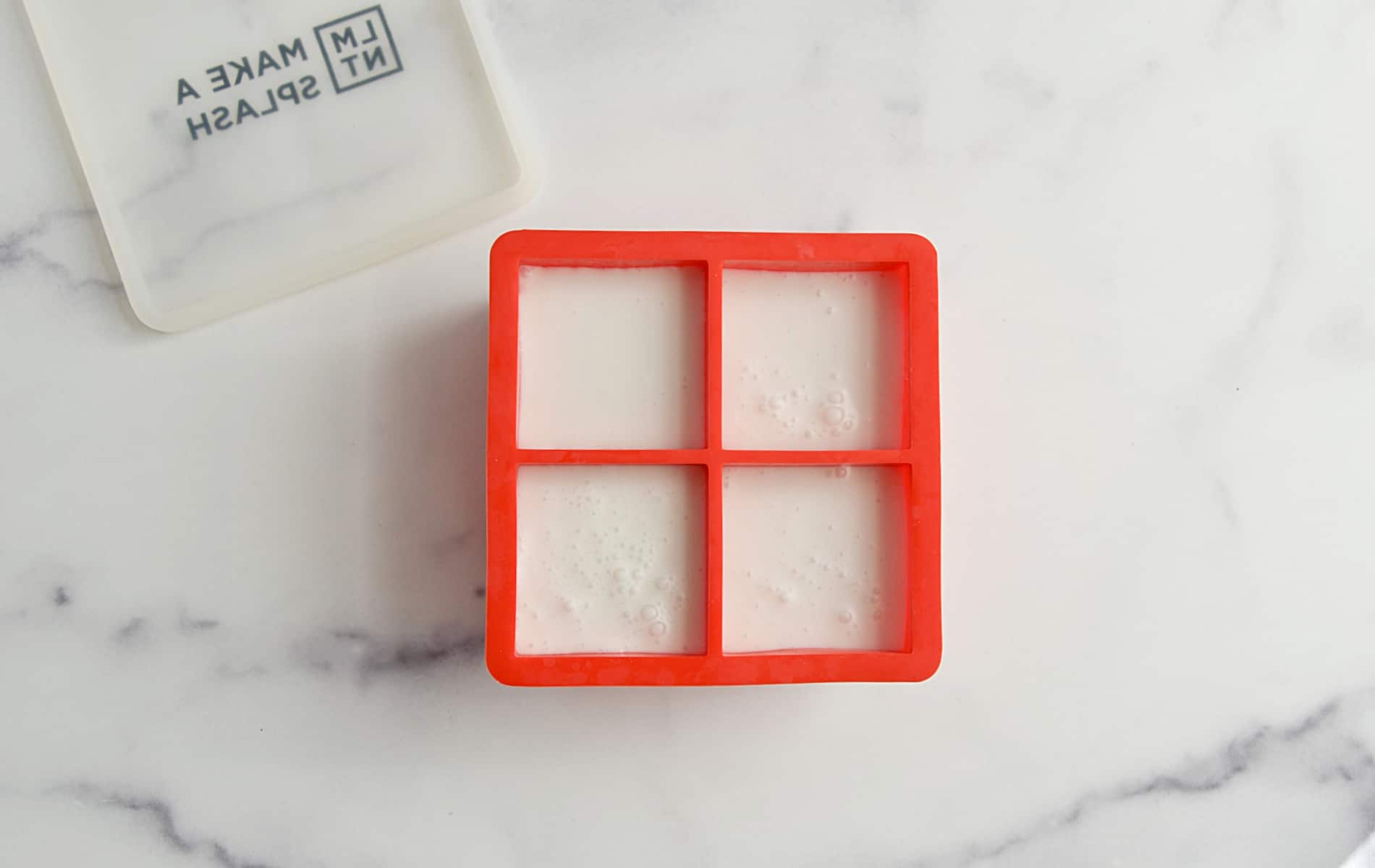
Step 2: Cover the tray with a lid (if applicable) and place the it in the freezer to set overnight.
Step 3: Remove the frozen coconut milk cubes out of the tray and place them in a sealable freezer-safe storage bag. You may find the cubes pop out of the tray easier after the tray has been sitting at room temperature for 3-5 minutes. Label the bag with the date so you know when to use it.
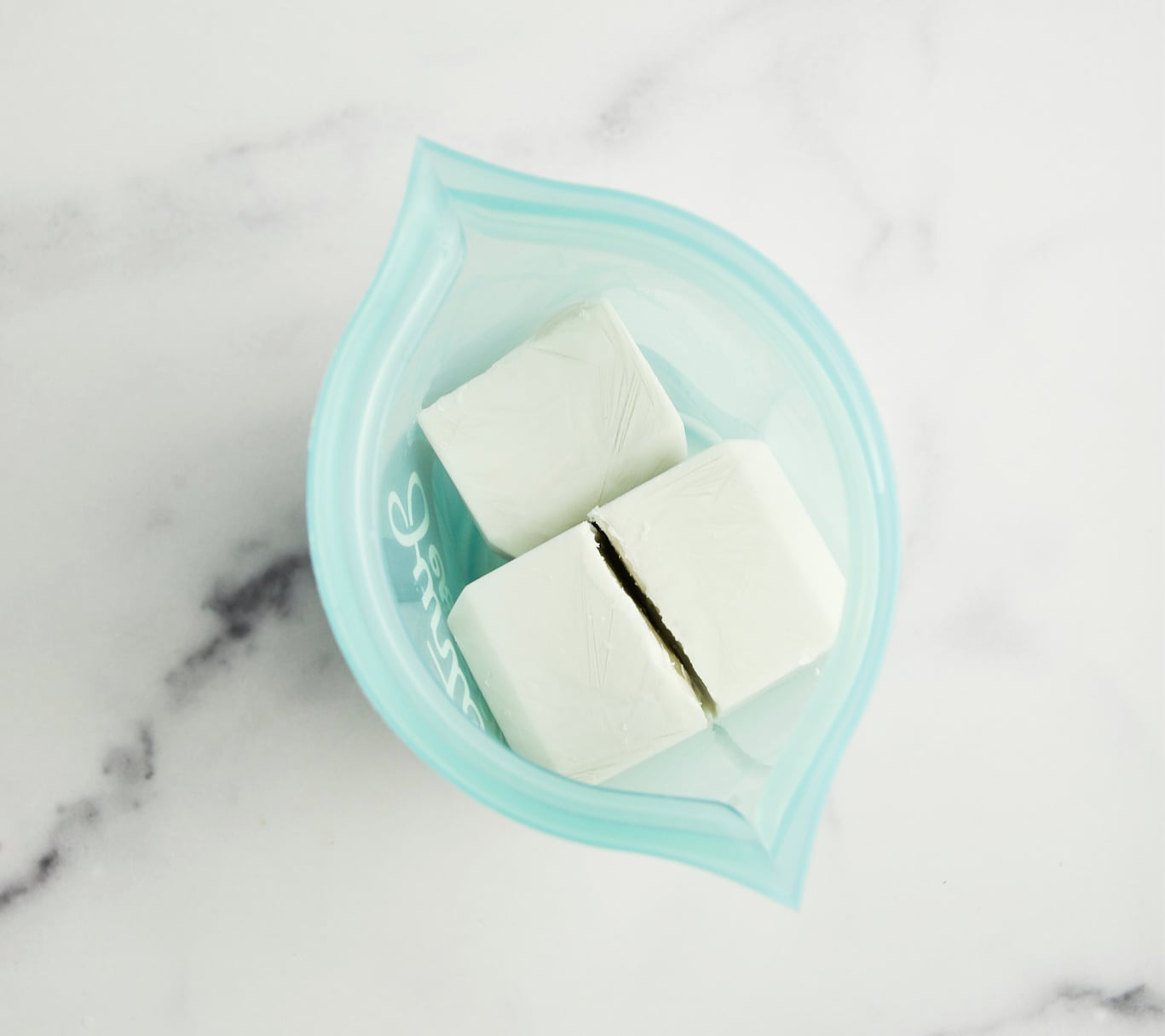
How to Freeze Coconut Milk in Containers
The easiest way to freeze it is to simply pour it into a storage container and place it in the freezer. I use this method most often because I regularly use 8 oz or more in recipes.
Step 1: Pour leftover coconut milk into a sealable storage container. I like to use a sealable silicone zip top storage container or small snap-tight glass storage container. Make sure to leave plenty of room as liquid expands when frozen.
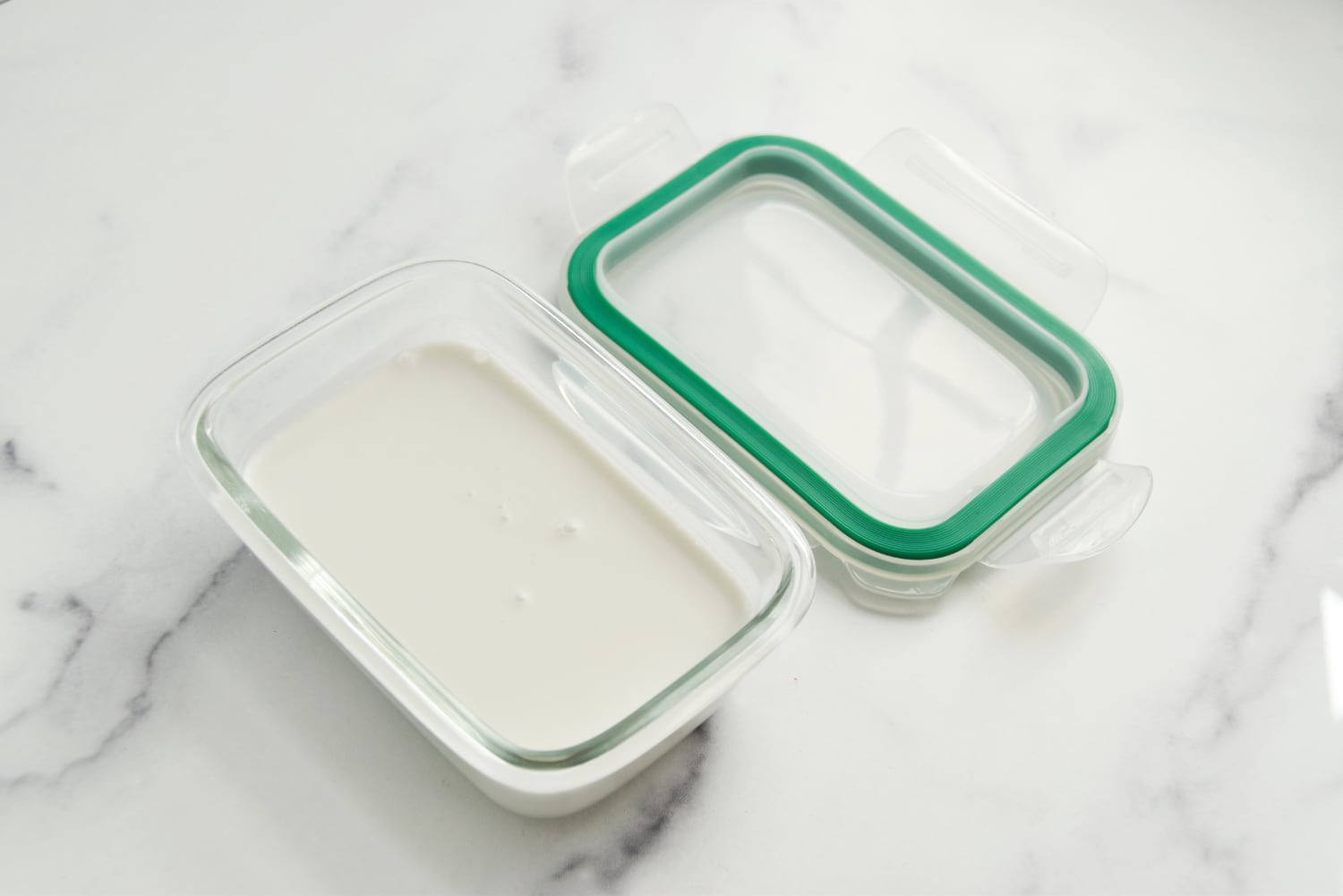
Step 2: Label the container with the date so you know when to use it. Store it in the freezer.
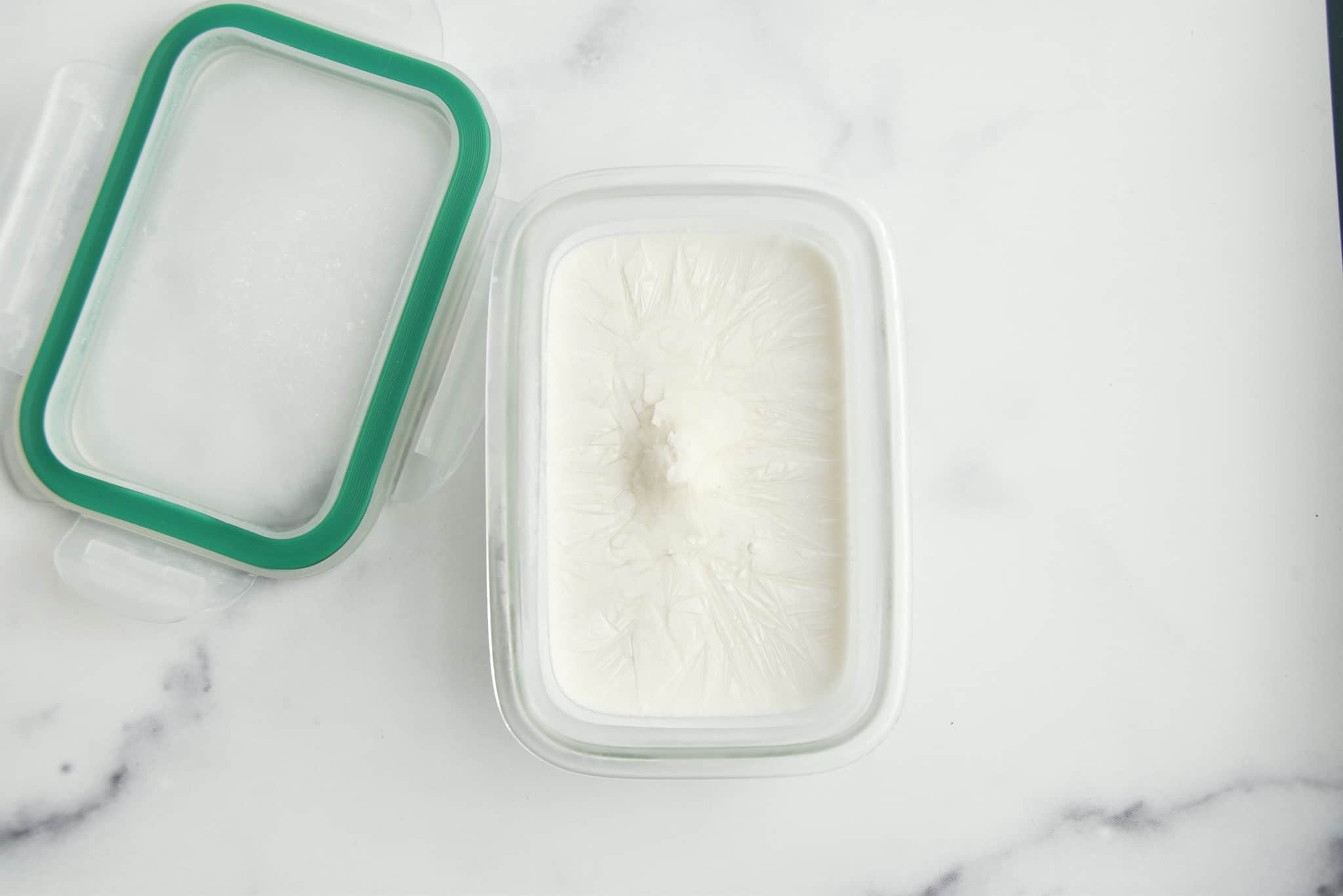
Thawing
Proper thawing and blending makes all the difference when it comes to using frozen coconut milk in recipes. Here are a few ways to thaw it:
- Overnight in the fridge: The best and easiest way to thaw coconut milk is to let it defrost in the fridge overnight. Just place your cubes in a container or transfer your storage container to the fridge the night before you plan to use it. If the container has quite a bit, you may need to give it an extra 4-6 hours to defrost completely.
- Submerged in cold water: Need your coconut milk thawed a little faster? Just fill a large mixing bowl with cool water and place your storage container or bag with cubes in the water. Make sure the container or bag is sealed tightly so water doesn’t leak in.
- While cooking: If you’re making a soup or hot, saucy dish, you can throw a few frozen cubes into your dish while it’s cooking! Just make sure to give your recipe a little extra time to cook as the milk will need to defrost completely. I don’t recommend this as an ideal option because you won’t be able to blend the coconut milk before adding it to your dish.
- Defrost in Microwave: This is the fastest method. Just throw your cubes in a microwave safe container or heat your storage container directly in the microwave. Microwave it in small increments and stir in between each session until it’s liquid.
Blending
When you freeze coconut milk, the fat and milk proteins separate from the liquid, which makes it grainy. To get it smooth again, just throw it in a blender and blend on high for 30-45 seconds. While it won’t taste exactly like fresh coconut milk, it’s pretty darn close. You can also use a stick blender and blend it right in the container, which saves a bit of time and cleaning.
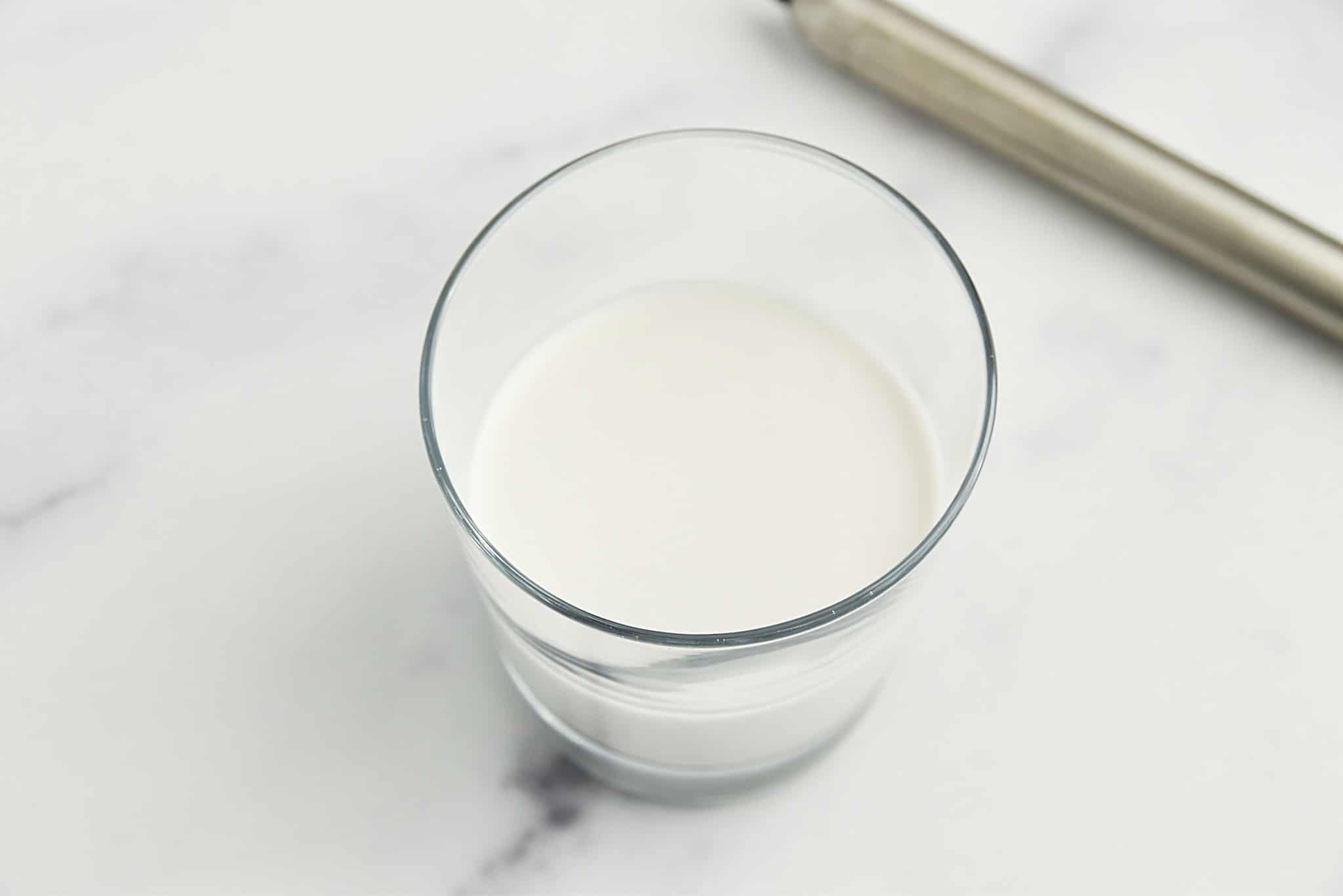
Expert Tips
- Measure your ice cube tray wells. This will give you an accurate assessment of how much liquid you have in each cube. Ice cube tray sizes can vary, but standard trays typically hold about one ounce in each cube (or 2 tablespoons).
- Label your containers. The best way to make sure you use it in time is to label it by freeze date.
- Use silicone. I like to use silicone ice cube trays or zip top sealable storage containers. This is the easiest and most convenient way to store frozen liquid.
- Always blend your thawed coconut milk. Use a standard blender or stick blender to blend it right in your container.
- Don’t plan on drinking thawed coconut milk. Use it in recipes that have added liquid ingredients or baked goods.
How Long Does Coconut Milk Last in the Freezer?
For the best consistency and taste, I recommend using it within a month. However, it will last in the freezer for 2-3 months.
Uses for Frozen Coconut Milk
There are so many ways you can use your leftover coconut milk! You can use it in smoothies, soups, stews, and even baked goods! It works great as a dairy free alternative to milk in cakes, breads, and even pudding!
I recommend using it in recipes that are mixed with other liquid ingredients or baked goods as opposed to drinking it straight. Here are my favorite recipes that use coconut milk:
- Mango Coconut Milk Smoothie
- Apple Banana Smoothie
- Dairy Free Chocolate Pudding
- Coconut Milk Overnight Oats
- Healthy Chicken Tikka Masala
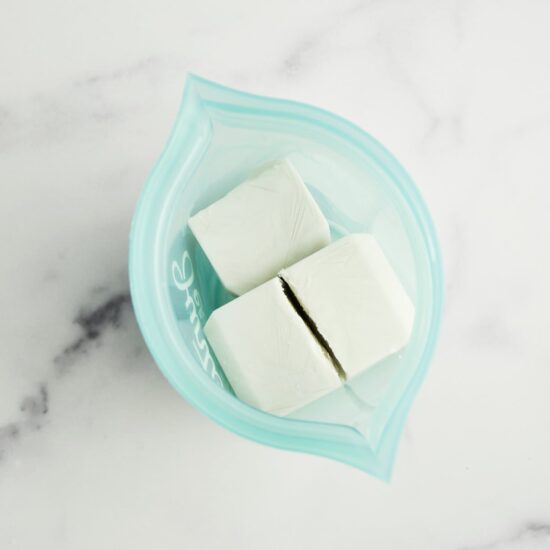
Can You Freeze Coconut Milk? Yes, It’s Easy!
Can you freeze coconut milk? The answer is YES, and it’s incredibly easy to do! Here’s how to freeze coconut milk in two different ways.
Ingredients
- Coconut milk
- Ice cube trays
- Freezer safe storage container
Instructions
To Freeze in Ice Cube Trays:
- Pour the leftover coconut milk directly into an ice cube tray. I recommend using a silicone ice cube tray with a lid so that it’s easy to pop individual cubes out of the container.
- Cover the tray with a lid (if applicable) and place the tray in the freezer to set overnight.
- Remove the frozen coconut milk cubes out of the tray and place them in a sealable freezer-safe storage bag. You may find the coconut milk cubes pop out of the tray easier after the tray has been sitting at room temperature for 3-5 minutes. Label the bag with the date frozen so you know when to use it.
To Freeze in Containers:
- Pour leftover coconut milk into a sealable storage container. I like to use a sealable silicone zip top storage container or snap-tight glass storage container. Make sure to leave plenty of room as liquid expands when frozen.
- Label the container with the date so you know when to use it.
- Store it in the freezer.
Notes
- Ice cube tray sizes can vary, but standard trays typically hold about one ounce in each cube (or 2 tablespoons).
-
Always blend your thawed coconut milk. Use a standard blender or stick blender to blend the milk right in the container.
-
Don’t plan on drinking thawed coconut milk. Use it in recipes that have added liquid ingredients or baked goods.
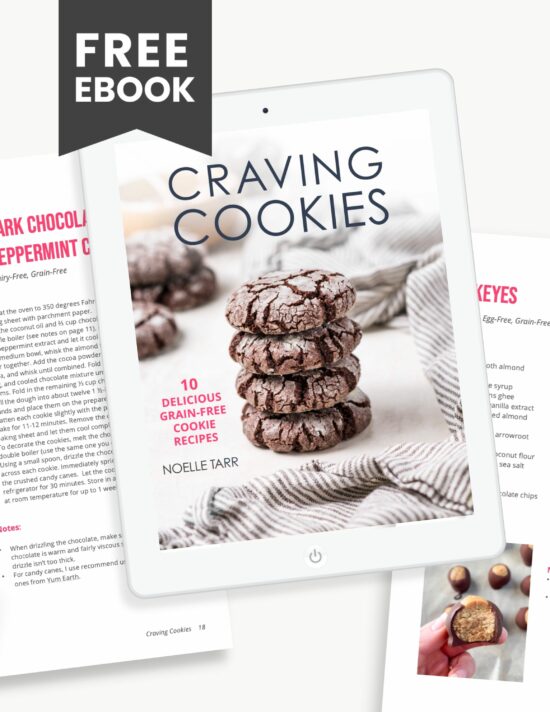
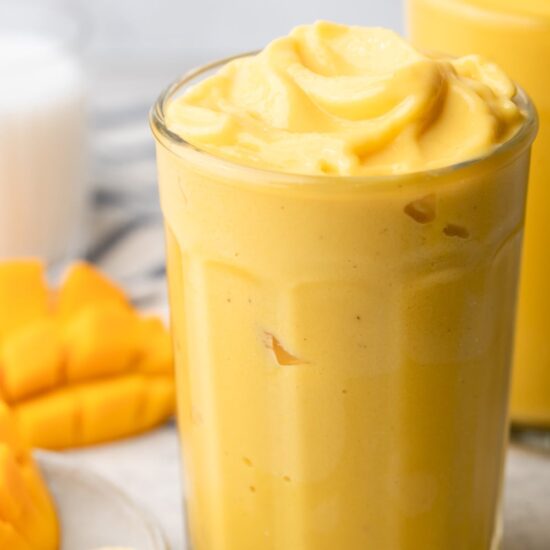
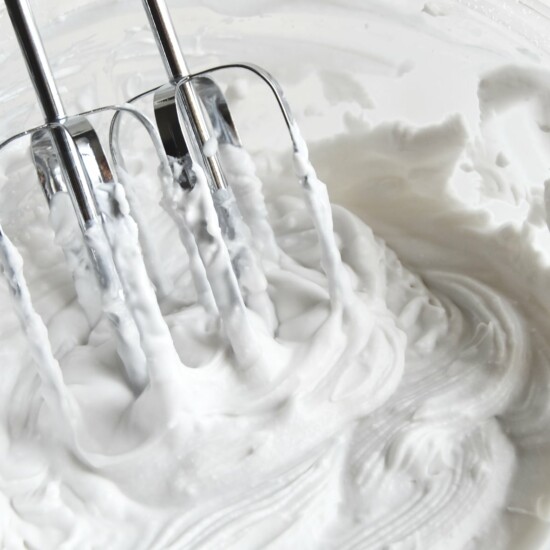
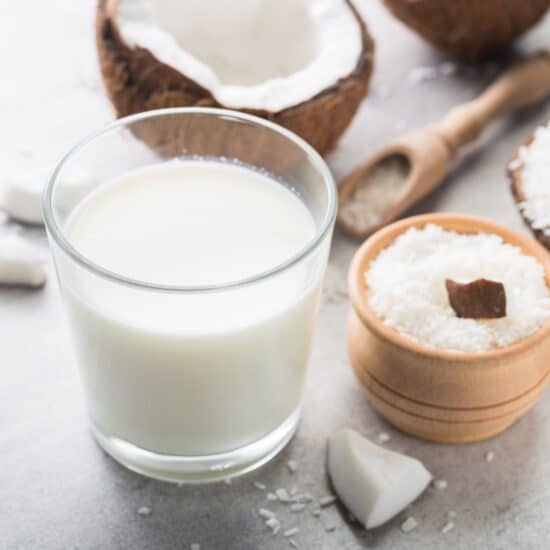
Kendall says
This was helpful. I ended up using a silicone ice cube tray and it worked really well. Great for smoothies. Thanks!